Search Results
Fine Jewelry University Articles matching: “halo pear side stones”
Showing only FJU Article results. Click here to show all results.
Fine Jewelry University (Show All FJU Articles)
-
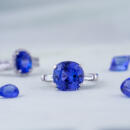
Gem in the Spotlight: Tanzanite
… majority (current estimates are around 95%) of tanzanite is heat treated to help bring out the vibrant blues. The stones that haven’t been heated by humans were heated through natural effects while they were still underground. Without … isn’t heated and is still pretty enough for jewelry displays trichroism. Trichroism is an effect that causes gemstones to display different colors when viewed at different angles. Tanzanite in its raw form has three colors: blue, purple, …
-
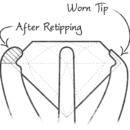
Jewelry Repair FAQ
…, pearls, and more in all shapes and sizes to choose from when selecting a replacement stone for repairs. Matching stones takes a discerning eye, attention to detail, extensive gemological training, and years of experience. Of course, some …to again. What is retipping, and why do I need it? In a large number of jewelry pieces, the valuable diamonds and gemstones are held in place with prongs. With wear, the tops of these prongs can become worn down. If the prongs wear down too…
-
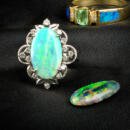
Gem in the Spotlight: Opal
… color, and a wide range of colors. Red carries more value and is by far the rarest color that opals can display. Stones with larger patches of color are valued higher than those that display only small pins (pinfire) or no play of color at…”. Opal has a refractive index of 1.37 – 1.47 and a Mohs hardness of 5.5-6. This makes it one of the softest gemstones commonly used in jewelry. For reference, here are the Mohs hardness values for some other gemstones you may know: Diamond…
-
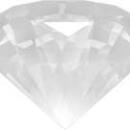
Fake Diamonds: The Great Diamond Attack
… how to tell if a diamond is lab grown . Synthetic gems are not new to the jewelry profession. Synthetic colored stones have been around for over a 100 years. The impact was dramatic in the beginning then adjustments were made and the new … they are making are somewhat unusual for the diamond trade. The common colors are a bright green and yellow/orange stones. Some call the colors antifreeze looking. Is this process a simple treatment of a natural stone or is it the …
-
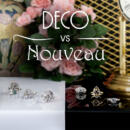
Art Deco vs. Art Nouveau Style Jewelry
… it impacted almost every artistic medium. Jewelry makers embraced materials such as enamel, horn, and semi-precious stones to create pieces that were not just adornments but works of art. Many Art Nouveau jewelry pieces were made in silver… quite common as well. The diamonds used in Art Nouveau jewelry were typically Old Mine cuts, but Old European cut stones were also included as they became more popular. In contrast, Art Deco arrived in the 1920’s and 1930’s, characterized …
-
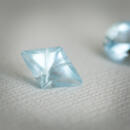
Gem in the Spotlight: Aquamarine
… was believed to guarantee a happy marriage and inspire mutual fidelity in newlyweds. Notable Aquamarine Gemstones The largest gem-quality aquamarine gemstone ever mined was 19 inches long. The largest cut aquamarine is named the Dom Pedro …. Her tiara is an exquisite piece of platinum jewelry that has evolved several times over the years. Having larger stones swapped in and exchanging her pendant for the center stone in the tiara. The tiara is one of only a few items of …
-
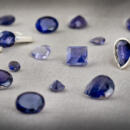
Gem in the Spotlight: Iolite
…, and amethyst. They may have name recognition, but iolite has a rich, unique color and great gem value on its side. It is more subtlety nuanced than amethyst and deeper than many tanzanites. Iolite’s name comes from its violet color. It … a different color when viewed at different angles. Pleochroism is an optical phenomenon in which a substance appears to be different colors when observed at different angles, especially with polarized light. Pleochroism is caused by …
-
Understanding the Diamond Buying Game
…report to say. So the first problem you have to contend with is what lab graded the diamond and how they grade. Next, understanding a diamond report is not just seeing the four C’s grade to compare diamonds. The same lab can grade two stones H VS2 1.00 carat and the value of the two diamonds can be hundreds, if not thousands of dollars different. It is a favorite trick of some diamond wholesalers to use GIA labs for very poorly cut diamonds. The general public knows GIA …
-
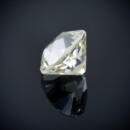
The History of Diamond Cuts
…recorded statements about diamonds is: “the substance that possesses the greatest value, not only among the precious stones, but of all human possessions.” said by Pliny, the Roman historian. The story of the diamond cut is the story of … was born. The Single Cut diamond is one of the earliest and most basic of cuts. It has an octagonal girdle (the side edge of the diamond) with a table and eight crown (top part of the diamond) facets plus eight pavilion (the bottom part …